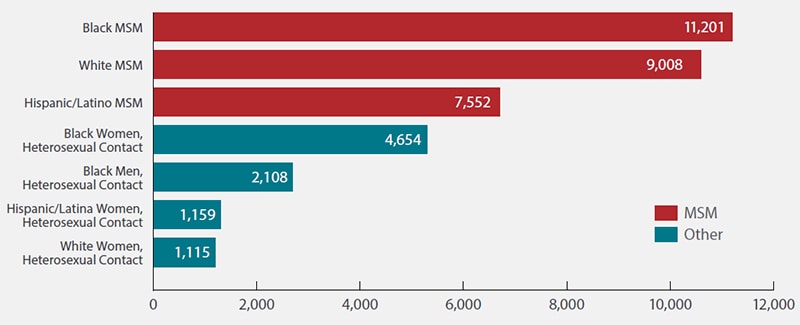The AIDS epidemic was a time of widespread panic and suffering throughout the U.S. The virus is known to have affected more than 50,000 people in the first six years that it was discovered, and has now affected over 1.2 million people in the U.S. This epidemic had a variety of negative impacts on the gay community, but it seems to have also played a role in helping the gay rights initiative get to where it is today.
Before the AIDS epidemic broke out, there was already a gay rights movement underway. The Stonewall Riots had taken place just over 10 years before the AIDS virus took effect. However, the events and treatment that many homosexual people experience during the epidemic motivated them to take a stand.
As people began to notice the start of an epidemic, it was recognized that there were a large amount of gay men being diagnosed with this disease. It was then that people switched their thinking to the idea that this was a “gay disease”. It was often referred to as “gay cancer”, “gay pneumonia”, or “the gay plague”. Although only 63% of AIDS victims are gay men, they soon became the stereotype for the AIDS epidemic. Gay men were often fired from their jobs or evicted from their homes, even if they didn’t have the virus, just because of this stereotype.

At this point, the gay rights movement became less about social treatment, and more about politics. Activists believed that the process of treating and curing the AIDS virus took far longer than necessary, strictly because people were not concerned about this so-called “gay problem”. It was only natural for gay rights movements to increase after the AIDS epidemic, because many people had to deal with inequality and homophobia everyday while battling this disease or helping someone who was. It was not uncommon for people to be denied sick days or rights to see their partners, because they were not technically “family”.
These people, who were fed up with the treatment of the gay community, soon began to connect with each other and form groups. One of the most famous groups from the AIDS epidemic was ACT UP. This was an advocacy group to help people with AIDS and to spread the word about the way it was being handled. Their motto was “Silence = Death” and they wanted to tell their stories to inspire change. This helped bring light to how many gay people there were in the world. It could be people that you would never expect. Many famous people were outed because of contracting the AIDS virus and people realized that they admired them just the same. People soon began to see the humanity of the gay community and that nobody deserves to suffer the way many people were. They gained publicity and people were hearing them. It wasn’t just a gay issue anymore. It was a human issue and people were dying from it.

If you had told people in 1981 that by now Gay Marriage is widely accepted, human rights protections are in place for gays and lesbians, and events like World Pride are tourist draws, I don’t think that they would believe it. It took a lot for the U.S. to get here, and there is still plenty way to go, but it is a very big achievement. Although the AIDS epidemic was an awful time, and still continues to affect people, it seems to have had a large impact on bringing gay rights to where they are today.
No comments:
Post a Comment